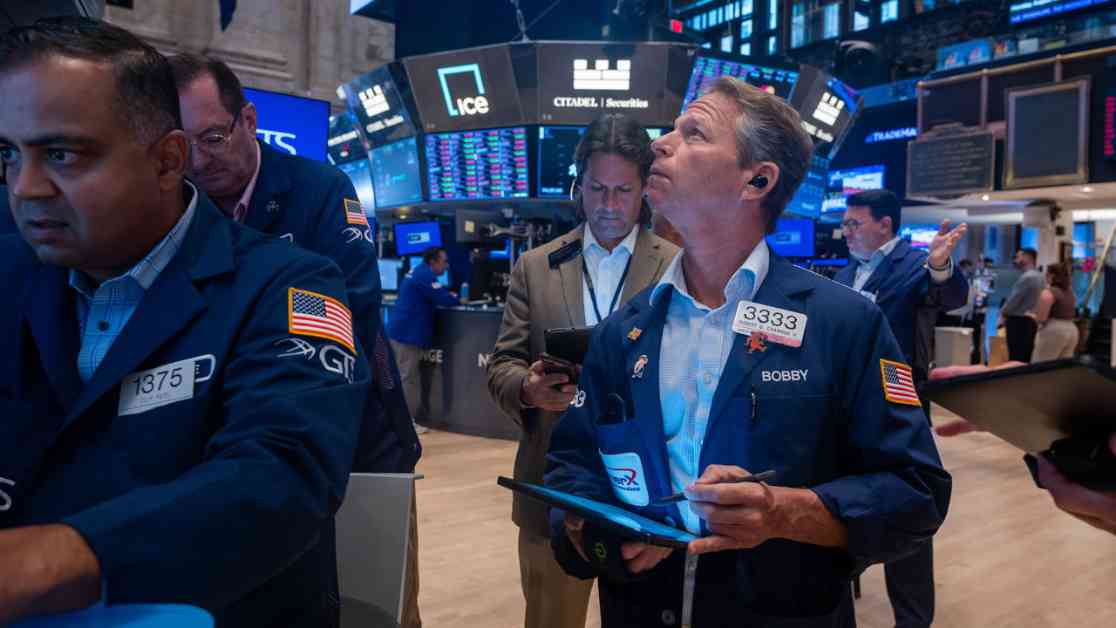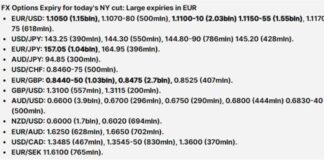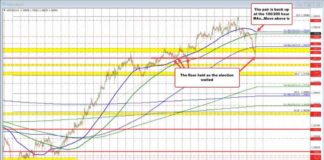Investors around the world held their breath as the stock market experienced a tumultuous time on August 5th. With Japan’s Topix share index plummeting by 12%, South Korea and Taiwan seeing drops of 9% and 8% respectively, and European markets following suit, it seemed like the beginning of a major crisis. The VIX index, a measure of expected share price volatility, was at levels last seen during the early days of the covid-19 pandemic and after the collapse of Lehman Brothers in 2008.
The situation looked dire, especially when even gold, a traditional safe haven in times of chaos, was losing value. This indicated that investors were selling off assets, including those they would normally hold onto in turbulent times, in a bid to stay afloat. The previous week’s market rout appeared to be escalating into a full-blown crisis, causing panic among investors worldwide.
However, as quickly as the market had plummeted, it began to show signs of stabilization. Investors took a breather, reassessing the situation and looking for potential opportunities amidst the chaos. While the fear of a crash loomed large, there were indicators that the worst might be over.
One key factor that could determine whether the market correction would spiral into a crash was the response of central banks and governments around the world. With previous crises, such as the one in 2008, central banks stepped in with stimulus packages to stabilize the economy and restore confidence in the markets. The actions taken by these institutions in the coming days would be crucial in determining the future of the stock market.
Additionally, the performance of key sectors and industries would play a significant role in shaping market trends. Technology stocks, which had been driving the market rally in recent months, were facing increased scrutiny and volatility. The performance of these stocks in the coming days could provide insight into the overall health of the market.
Overall, while the recent market turbulence had caused widespread concern among investors, there were signs of hope on the horizon. As the dust settled and investors regained their composure, the market seemed to be finding its footing once again. The coming days would be crucial in determining whether the stock market rout was truly over or if more challenges lay ahead. Investors would need to stay vigilant and adapt to the changing landscape to navigate these uncertain times successfully.

















